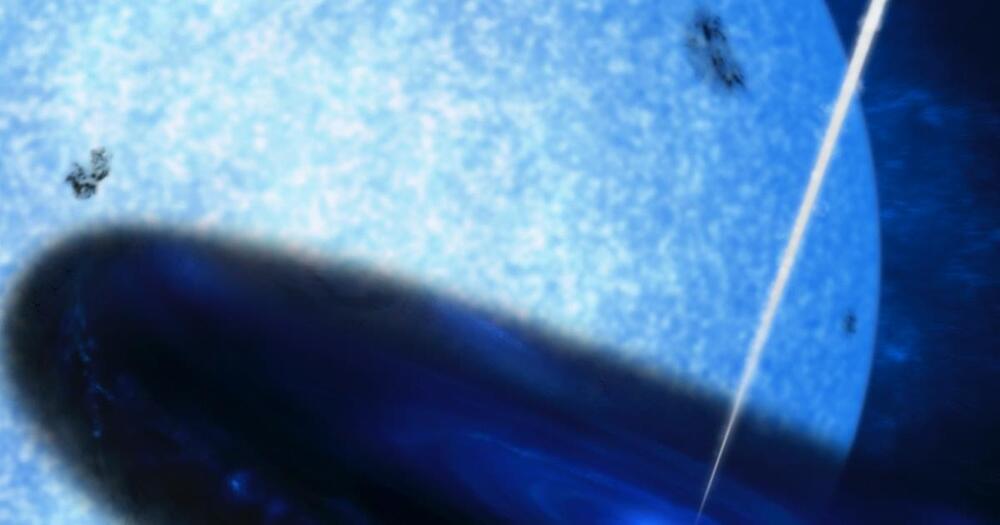The cosmic explosion happened 11.5 billion years ago, when the universe was fairly young, and could shed light on the evolution of stars and galaxies.


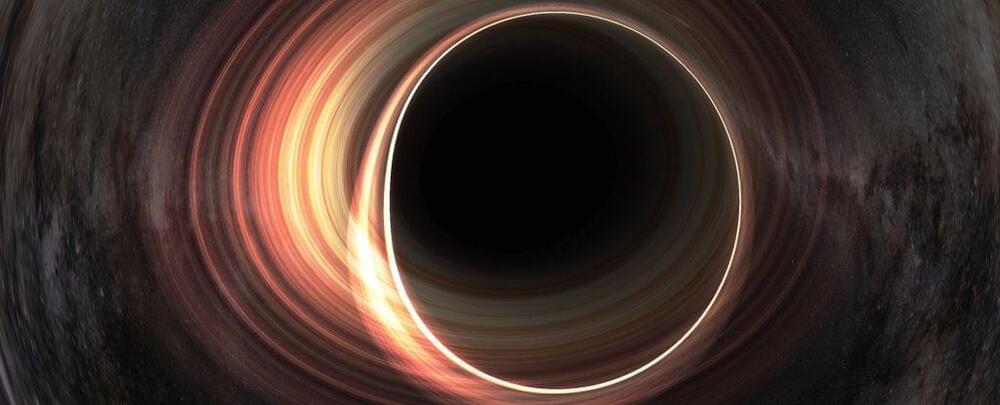
A new kind of black hole analog could tell us a thing or two about an elusive radiation theoretically emitted by the real thing.
Using a chain of atoms in single-file to simulate the event horizon of a black hole, a team of physicists has observed the equivalent of what we call Hawking radiation – particles born from disturbances in the quantum fluctuations caused by the black hole’s break in spacetime.
This, they say, could help resolve the tension between two currently irreconcilable frameworks for describing the Universe: the general theory of relativity, which describes the behavior of gravity as a continuous field known as spacetime; and quantum mechanics, which describes the behavior of discrete particles using the mathematics of probability.
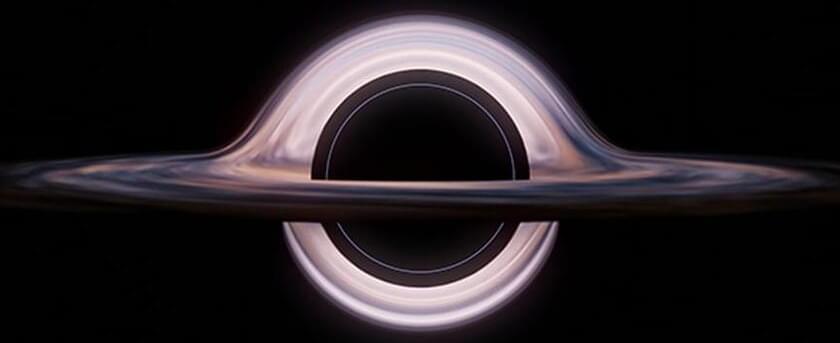
Hypothetical bridges connecting distant regions of space (and time) could more or less look like garden variety black holes, meaning it’s possible these mythical beasts of physics have already been seen.
Thankfully however, if a new model proposed by a small team of physicists from Sofia University in Bulgaria is accurate, there could still be a way to tell them apart.
Play around with Einstein’s general theory of relativity long enough, it’s possible to show how the spacetime background of the Universe can form not only deep gravitational pits where nothing escapes – it can form impossible mountain peaks which can’t be climbed.
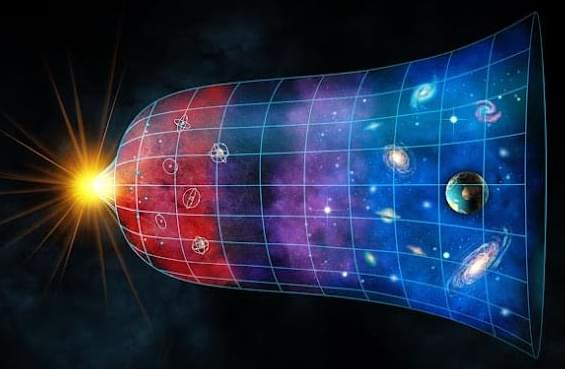
In the beginning, there was … well, maybe there was no beginning. Perhaps our universe has always existed — and a new theory of quantum gravity reveals how that could work.
“Reality has so many things that most people would associate with sci-fi or even fantasy,” said Bruno Bento, a physicist who studies the nature of time at the University of Liverpool in the U.K.
In his work, he employed a new theory of quantum gravity, called causal set theory, in which space and time are broken down into discrete chunks of space-time. At some level, there’s a fundamental unit of space-time, according to this theory.
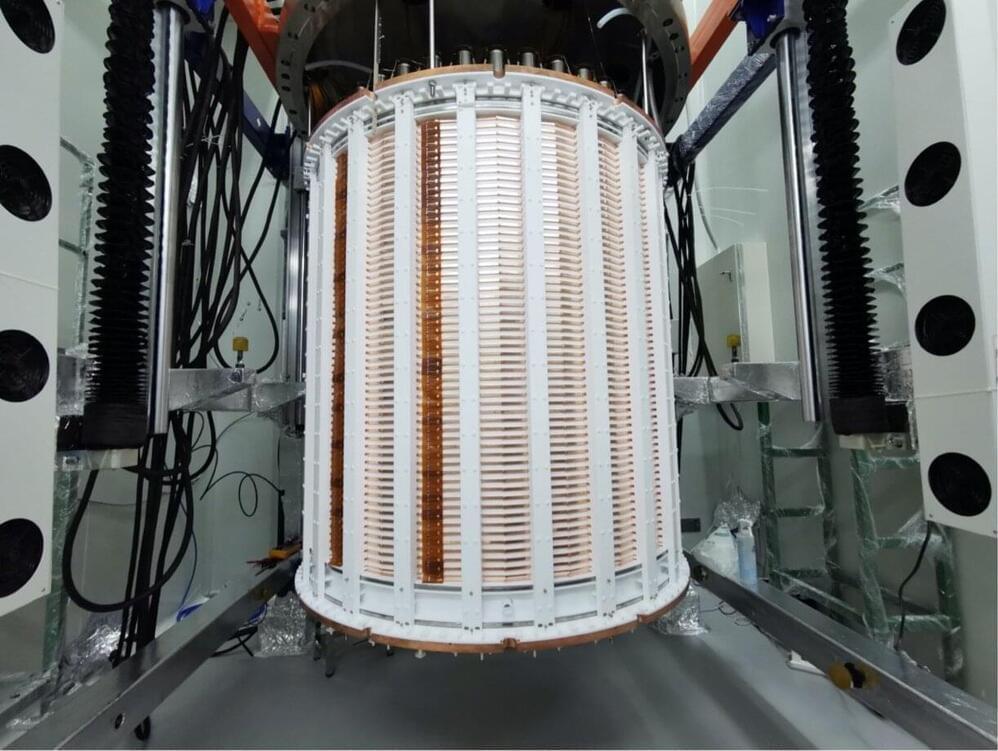
Teams of astrophysicists worldwide are trying to observe different possible types of dark matter (DM), hypothetical matter in the universe that does not emit, absorb or reflect light and would thus be very difficult to detect. Fermionic DM, however, which would be made of fermions, has so far been primarily explored theoretically.
The PandaX Collaboration, a large consortium of researchers in China involved in the PandaX-4T experiment, has recently carried out a study aimed at extending the sensitive mass window for experiments aimed at directly detecting fermionic DM from above GeV to MeV or even keV ranges.
The team recently published two papers in Physical Review Letters outlining the results of the two searches for the absorption of fermionic DM using data gathered as part of the Panda X-4T experiment, a large-scale research effort aimed at detecting DM using a dual-phase time projection chamber (TPC) in China.
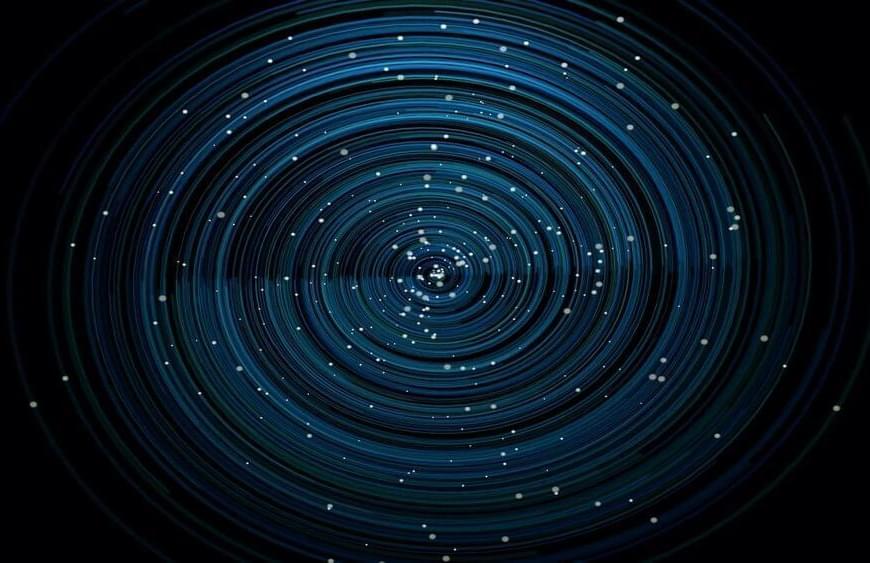
The universe may seem shapeless because it is so vast, but it does have a form that astronomers can observe. So, what is it shaped like?
Physicists think the universe is flat. Several lines of evidence point to this flat universe: light left over from the Big Bang, the rate of expansion of the universe at different locations, and the way the universe “looks” from different angles, experts told Live Science.
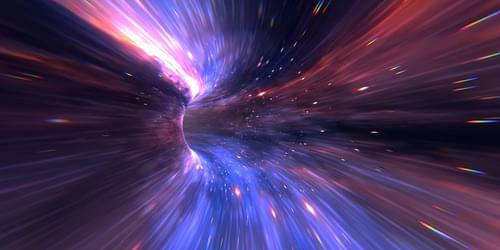
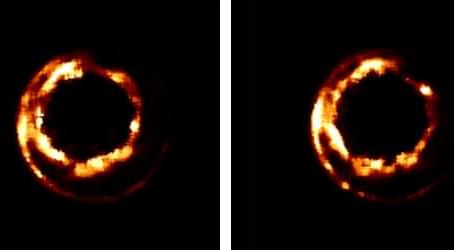
Characterized by just three parameters—mass, spin, and charge—black holes could be considered one of the Universe’s simpler astrophysical objects. Yet, the number of open problems related to how the dark behemoths behave also marks them as one of the most enigmatic. One puzzle is why the plasma around black holes glows so brightly. Now, in 3D simulations of the magnetic fields within this plasma, Benjamin Crinquand of Princeton University and colleagues think they have found the answer: the breaking and reconnecting of magnetic-field lines [1]. The simulations predict that, under certain conditions, magnetic-field instabilities can induce radio-wave hot spots that rotate around the shadow of the black hole. This prediction could be tested by future versions of the Event Horizon Telescope (EHT)—the network of radio dishes used to capture the first black hole images (see Research News: First Image of the Milky Way’s Black Hole).
There are several mechanisms that physicists think could be behind a black hole’s light. One of those is so-called accretion power, where friction-like forces in the infalling plasma heat the plasma, leading to the emission of photons. Models of this process predict constant emission signals, which doesn’t seem to fit with observations of high-intensity bursts of gamma rays from black holes.
Another possibility—and the one that Crinquand and his colleagues consider—is that the energy needed to create this light is extracted from the magnetic field that threads through the plasma. When the lines associated with this field break apart and then reconnect—a process known as magnetic reconnection—magnetic-field energy can convert into plasma-kinetic energy that is then emitted as photons. This model would not replace the accretion one, but act in tandem with it.
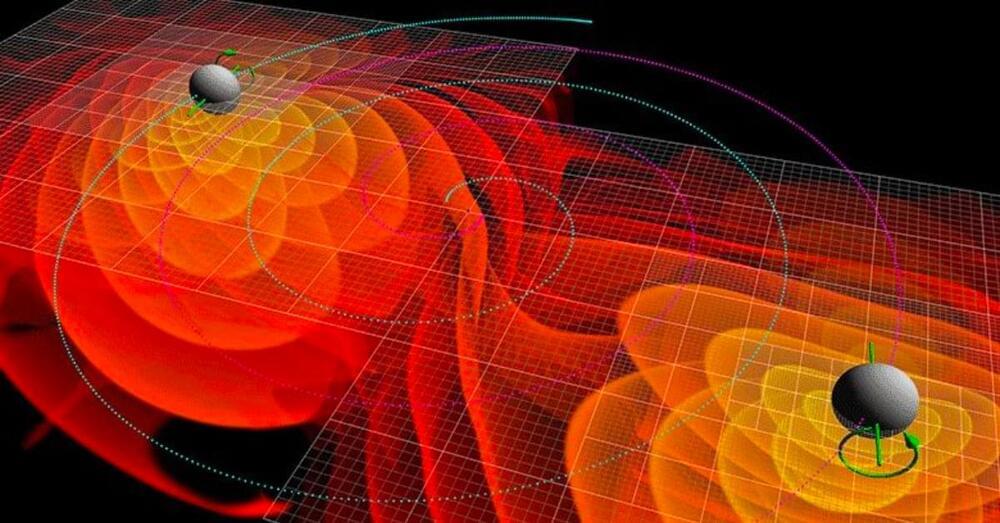
One of Stephen Hawking’s most famous theories has been confirmed to be correct, thanks to space-time ripples caused by the merger of the two distant black holes.
The black hole area theorem, which Hawking derived from Einstein’s theory of general relativity in 1971, states that the surface area of a black hole cannot decrease over time. This rule is of importance to physicists because it appears to set time to run in a certain direction: the second law of thermodynamics, which states that the entropy, or disorder, of a closed system must always rise. Because the entropy of a black hole is proportional to its surface area, both must always increase.
The researchers’ confirmation of the area law, according to the new study, appears to suggest that the properties of black holes are crucial hints to the hidden laws that control the universe. Surprisingly, the area law appears to contradict another of the famous physicist’s proven theorems: that black holes should evaporate over incredibly long time scales, suggesting that determining the source of the conflict between the two theories might reveal new physics.
